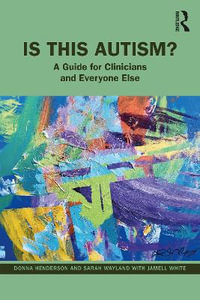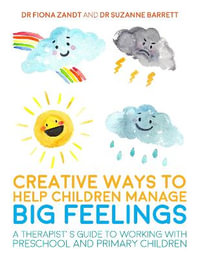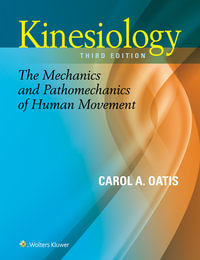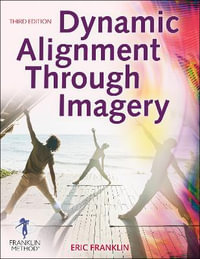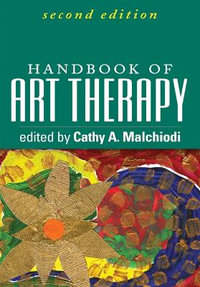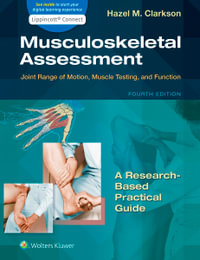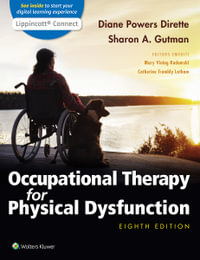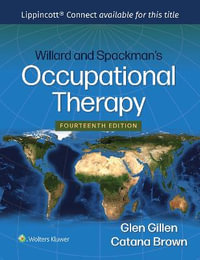Counselling, therapy, and coaching always work with the use of language. With art-oriented approaches, the limitations of language can be overcome.
One of the most important works of expressive arts therapy, Loesungskunst is now available in English translation.
The key concept of intermodality- the authors' term for oscillation between art-analog methods- combines with the primary focus on resources and strong emphasis on solutions to lay the groundwork for the method that is as vital now as it was originally. The importance of imagination, artistic and aesthetic experience to mental wellbeing is showcased, challenging the common focus on the cognitive and emotional facets of mental health.
In-depth case studies and explanations illuminate the origins and use of the theoretical frameworks, helping experienced practitioners and trainees alike to engage with the fundamental methods and concepts of expressive arts therapy.
Industry Reviews
The seminal Solution Art is a welcome translation for many reasons. Readers are treated to a rare glimpse into the foundations of expressive arts therapy. And it validates what many of us now understand about the arts -- that experiencing the senses are key to the healing process. -- Cathy Malchiodi, PhD, author, Trauma and Expressive Arts Therapy: Brain, Body, and Imagination in the Healing Process
What a gift! This elegant, generous translation makes the wisdom of Loesungskunst available in English. As a helpful clarification and expansion of Principles and Practice of Expressive Arts Therapy (2005), it further supports keeping the arts at the center of helping practices. -- Ellen G. Levine, MSW, Ph.D, EGS Core Faculty Member
In the translation of Solution Art, the spirit of the authors reaches back through time offering an invitation, an open door beckoning us beyond conditioned existence. To change the world, we must change our minds, our approach. We must de-center from who we think we are and remember who we really are and the resources that lie within. If we accept their invitation, we cross a threshold into the wilderness-unmapped, untamed, unknown. To live as awake and sensitive beings in these problem-saturated times, we must improvise, welcome back the marginalized aspects of ourselves-the vastness of the human imagination, our embodied curiosity and our capacity to make, to play, to love, to listen. And, what of unseen forces, the grace of surprise, the sudden shift of perception that redirects a life? As a therapist, educator, and poet I am grateful to stand on the shoulders of these elders whose spirited invitations have shaped my work and my Self. May we all be incorporated into the 'solution' the authors offer, one that is alchemical and transformational, decentralized and grounded in the very qualities that make us human. -- Melia Snyder, Ph.D., LPC, REAT, Education Director & Clinical Therapist at Open Sky
This book is a gift. First published in 2010 in German, this literal translation now offers readers of English the unique opportunity to glimpse a 30-year discursive journey about art, psychology, and change between two pioneers whose thinking is foundational to the development of expressive arts work in the world. With references to theoretical and philosophical underpinnings and numerous examples of application, the authors elaborate the emerging theories and practice from which developed the unique methodological practice of Intermodal Decentering for creating processes of change in therapy, coaching, supervision, and group work in a variety of settings. -- Sally Atkins, Ed.D., REAT, REACE, Licensed Psychologist Professor Emerita, Appalachian State University Core Faculty, The European Graduate School
This textbook contains both the theoretical roots of the concept and many examples of advice in which we can look over the shoulders of the actors. They touch you with serious lightness. -- E. Kandziora, reviewing Loesungskunst in 2010, review extract translated by Margo Fuchs Knill


